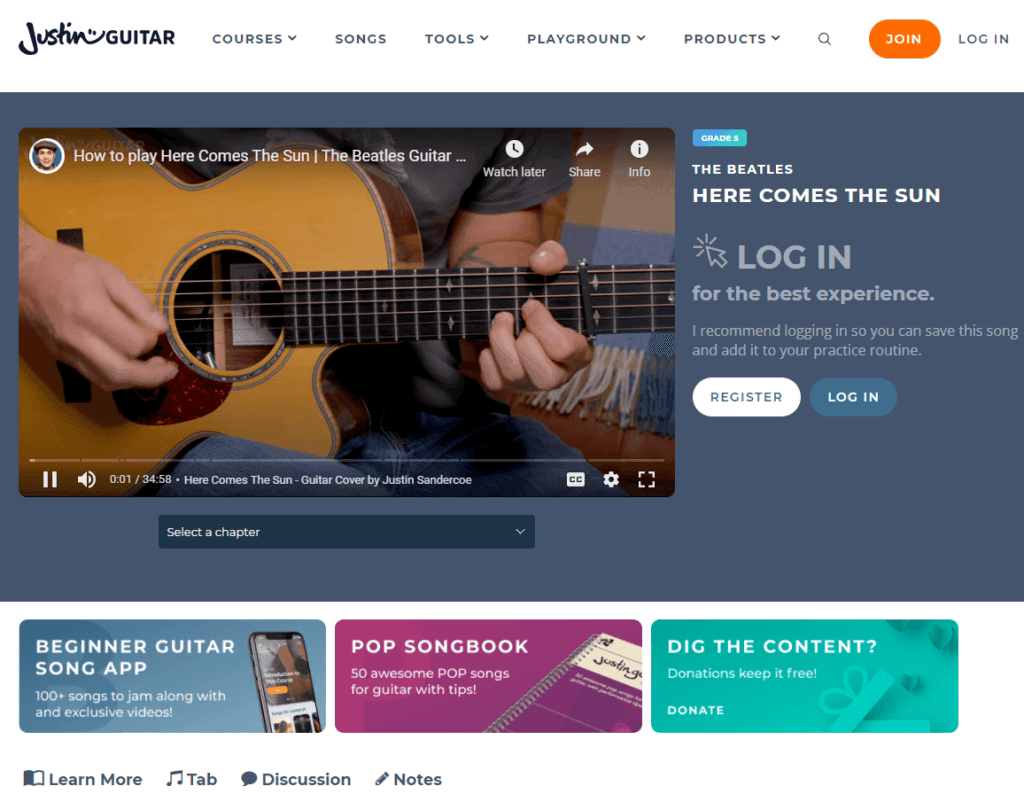4 wichtige Tipps zur Verbesserung Ihrer Video-SEO

Inhalt
Creating valuable, high-quality videos is an effective way to get your brand noticed. You can use this medium to establish your credibility as an expert, demonstrate products, and connect with your followers. However, if no one is finding your videos, they won’t do you much good.
Glücklicherweise können Sie die Suchmaschinenoptimierung (SEO) of your videos just as you would any other content on your website. While the tactics you’ll use may look a bit different from the SEO you’re used to, they aren’t difficult to implement.
In this post, we’ll give you an introduction to video SEO. Then we’ll provide four tips for getting your video content to show up in relevant searches. Let’s get started!
Eine Einführung in Video-SEO
Video SEO is a process for optimizing your video content in a way that will help it rank higher on search engine results pages (SERPs). In fact, if you’ve done any SEO-Arbeiten für Ihre Website, it’s likely you’ll already be familiar with some of the key concepts.
The factors search engines use to rank a video are similar to those used to rank any other web page. For example, it’s important to build your videos around popular keywords and use those phrases in your titles, descriptions, and so on. A healthy Rückverweisungsprofil kann ebenfalls hilfreich sein.
When working with video, it’s important to keep in mind the differences between uploading a video to a platform like YouTube versus embedding it on your own site. Since YouTube ist eine soziale Plattform as well as a search engine, its search results will favor content with more likes, shares, and longer watch times. So, that means you’ll want to design your videos to encourage maximum engagement.
4 wichtige Tipps zur Verbesserung Ihrer Video-SEO
Now that you know what video SEO is, let’s look at some tips for making sure your video content is found by the right audience.
1. Abschriften beifügen
Including a transcript for your video is helpful whether you upload it to YouTube or embed it on your own site. On your website, you’ll typically want to place this content right below the video. When you include a transcript on YouTube, viewers can see it to the right of the video player:

Transcripts are helpful for a few reasons. First, they’re nützlich für die ZugänglichkeitDie Informationen im Video sind auch für Hörgeschädigte zugänglich. Zweitens macht dieser zusätzliche Text es einfacher für Suchmaschinen-Bots um zu verstehen, worum es in dem Video geht (und es genauer zu indizieren).
When it comes to creating transcripts, you have two main options. “Verbatim” transcripts include everything exactly as it’s spoken, whereas “clean” transcripts remove stammering, repetition, and false starts. Clean transcripts tend to be easier to read and take less time to create.
If you’re an especially fast typist, you may want to try your hand at creating your own transcripts. Otherwise, there are plenty of professional transcriptionists for hire. You might also try a service such as Otter.aidie künstliche Intelligenz zur Erstellung dieser Inhalte nutzt.
2. Schreiben Sie durchdachte Titel und Beschreibungen
Just as you would with a blog post, you’ll want to create an enticing title and description for each video. Not only does this generate interest from potential viewers, but it also makes it possible for bots to understand what your video is about.
Ein hervorragender Startpunkt ist einige Keyword-Recherchen. Try to target words and phrases that people are actually searching for. However, don’t stuff your title so full of keywords that it sounds unnatural. You might also want to change the filename of your video to include a keyword, since that’s also something search engines will pay attention to.
If you’re showcasing videos on your own website, you can also use Schema-Auszeichnung. Simply put, adding schema makes it easier for Google to identify your video’s title, thumbnail, duration, and other information.
Um Markierungen hinzuzufügen, müssen Sie edit your site’s HTML. While this isn’t difficult, it can be time-consuming, so you may want to start with just one or two videos. You can use Google’s Schema Markup Validator Tool to ensure you’ve done this correctly.
3. Seien Sie strategisch, wo Sie Ihre Videos einbetten
Where you place a video on your website can affect whether it gets watched, as well as how Google ranks it. For this reason, you may want to use just a single video per page. You can build the rest of the page around the video’s content.
You’ll also want to be sure the video is in a prominent place on the page. Wenn die Nutzer suchen müssen for the video, it’s less likely that they’ll watch it. Try placing your video content above the fold, so it’s the first thing visitors see when they land on your page:

It’s also best not to embed the same video in more than one place. If you’ve spent the time to create a page with content relevant to your video, it’s smart to only place the video on that page. Placing the same video elsewhere on your site may cause it to compete with itself for views.
4. Teilen Sie Ihre Videos mit markengeschützten Links
Sie können die Popularität Ihrer Videos steigern, indem Sie sie mit Ihren Followern per E-Mail oder soziale Medien. Dies kann insbesondere für Videos auf YouTube von Vorteil sein, da Likes und Shares auf dieser Plattform als Ranking-Signal verwendet werden.
Pretty Links ist eine hervorragende Möglichkeit, um Links mit Markenzeichen für Ihre Videos zu erstellen. Sie können separate URLs für jede soziale Medienplattform erstellen und use the plugin’s tracking features um herauszufinden, was bei Ihrem Publikum am besten ankommt. Sie können diese Strategie sogar nutzen, um herauszufinden, wann der beste Zeitpunkt für die Veröffentlichung neuer Videoinhalte ist.
Sobald Sie ein neues Video veröffentlichen, können Sie Ihre Follower darüber informieren. Sie können zum Beispiel die Veröffentlichung neuer Videos zeitlich so festlegen, dass Sie Ihren E-Mail-Newslettern. Auf diese Weise können Sie Ihre Abonnenten sofort darüber informieren.
Schlussfolgerung
Keeping SEO in mind when you’re sharing content can help your videos to reach the wide audience they deserve. By getting your videos to the top of relevant search results, you can grow your brand and maximize conversions.
Probieren Sie diese vier Tipps aus, um Ihre Video-SEO zu verbessern:
- Fügen Sie Abschriften bei.
- Schreiben Sie durchdachte Titel und Beschreibungen.
- Gehen Sie strategisch vor, wo Sie Ihre Videos einbetten.
- Teilen Sie Ihre Videos mit Markenlinks über Pretty Links.
Haben Sie Fragen zur Optimierung Ihres Videos? Inhalt für die Suche? Fragen Sie uns in den Kommentaren unten!
Wenn Ihnen dieser Artikel gefallen hat, sollten Sie uns auf Facebook, Twitter, Pinterestund LinkedIn! And don’t forget to subscribe to our newsletter!